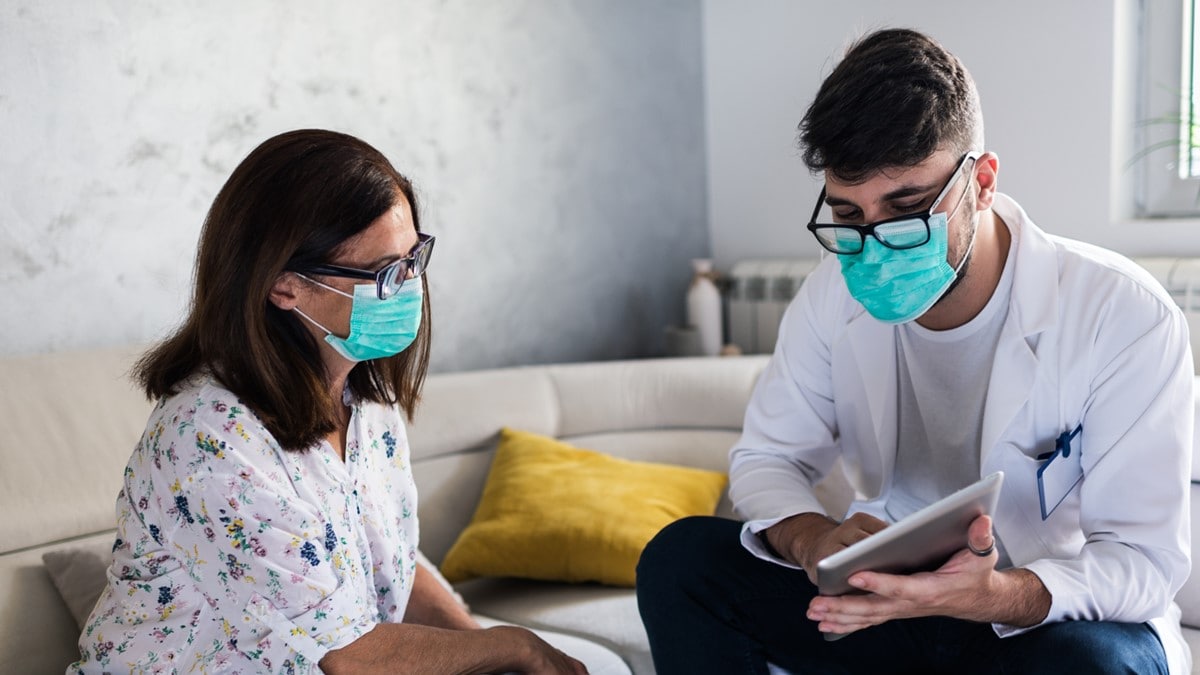Key points
- Doxycycline is the treatment of choice for patients of all ages with anaplasmosis.
- When treated with doxycycline, fever usually resolves within 24-48 hours.

Treatment options
Doxycycline is the treatment of choice for anaplasmosis and all other rickettsial diseases. Empiric treatment with doxycycline is recommended for patients of all ages in whom anaplasmosis or another rickettsial infection is suspected.
Doxycycline is most effective at preventing severe complications if it is started early in the course of disease.
In cases of life-threatening allergies to doxycycline or severe doxycycline intolerance, physicians should consider alternate antibiotics. Alternative antibiotics should also be considered for pregnant patients for whom the clinical course of anaplasmosis appears mild. These decisions on alternate treatment regiments should be done in consultation with an expert in infectious diseases.
Healthcare providers should be cautious when exploring treatments other than doxycycline. Doxycycline is highly effective in treating multiple tickborne diseases including anaplasmosis, ehrlichiosis, Lyme disease, and RMSF.
Antibiotics prophylaxis is not recommended
Antibiotic prophylaxis after a tick bite is not recommended to prevent anaplasmosis.
People who have been bitten by a tick should watch for signs and symptoms. They should see their healthcare provider if fever, rash, headache, or other symptoms develop within two weeks of tick bite.
Treating children and pregnant women
The use of doxycycline to treat suspected rickettsial disease in children is recommended by both CDC and the American Academy of Pediatrics Committee on Infectious Diseases.
Treatment using 5–10 days of doxycycline does not result in staining of permanent teeth or enamel hypoplasia.
The use of antibiotics other than doxycycline should be made in consultation with a specialist in infectious disease.
Rifampin
Rifampin has been used successfully in several pregnant women with anaplasmosis. Studies suggest this drug appears effective against Anaplasma phagocytophilum. Small numbers of children under 8 years of age have also been treated successfully for anaplasmosis with rifampin using a 7–10 day treatment course.
However, rifampin is not effective in treating RMSF, a disease that might be confused with anaplasmosis. It is also not an effective treatment for potential coinfection with Borrelia species.
Treatment timeline
- When treated with doxycycline, fever generally subsides within 24–48 hours.
- Lack of a clinical response to doxycycline suggests that the patient's condition might not be due to anaplasmosis.
- Resistance to doxycycline or relapses in symptoms after the completion of the recommended course have not been documented.
Recommended treatment and dosage for anaplasmosis
Doxycycline is the first line treatment for adults and children of all ages.
- Adults or children over 45 kg (100 lbs): 100 mg every 12 hours
- Children under 45 kg (100 lbs.): 2.2 mg/kg body weight given twice a day (maximum dose 100mg twice daily)
Patients with suspected anaplasmosis should be treated with doxycycline for 10–14 days to provide appropriate length of therapy for possible concurrent infection with Borrelia spp.
Resources
For more in-depth information about the recommended treatment for anaplasmosis, see: Diagnosis and Management of Tickborne Rickettsial Diseases: Rocky Mountain Spotted Fever and Other Spotted Fever Group Rickettsioses, Ehrlichioses, and Anaplasmosis — United States: A Practical Guide for Health Care and Public Health Professionals (2016).
